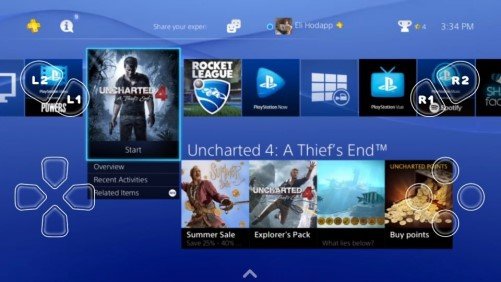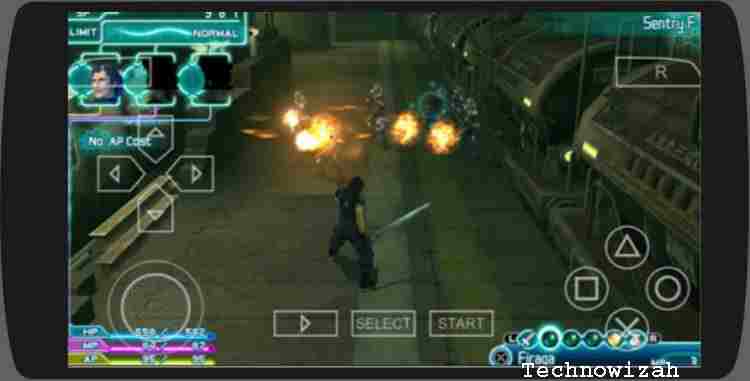


PS3 EMULATOR GAMES PS3
It is not yet implemented in a PS3 emulator.
PS3 EMULATOR GAMES DRIVERS
The PSEye is usable on PC as it benefits from unofficial drivers made by the community. It is detected by the PSEye, the successor of the PS2's EyeToy. The PlayStation Move is a controller similar to a Wiimote, shaped to be held into hand and play with motion detection. In short: expect game-breaking issues of one kind or another in the vast majority of titles at this point in time. Something of note is that this GPU was also managed by two different memory units with very disparate frequency speeds 1) 256 MB of GDDR3 RAM clocked at 650 MHz with an effective transmission rate of 1.4 GHz, and 2) up to 224 MB of the 3.2 GHz XDR main memory via the CPU (480 MB max). Without access to Nvidia's resources, which would normally be included with an SDK, this would be very difficult. The same thing applies here the graphics card is Nvidia GeForce 7800 GTX-based, which means it's not well-documented and developers have to figure out how it displays graphics and graphical effects. The Xbox also went unemulated for a long time, simply because of how many components were just undocumented. The RPCS3 developers technically cheat by using ahead-of-time recompilation using LLVM, but because the emulator constantly improves, that can be easily excused. Add to that the fact that there are SIX that could be in use by a game, and you have a great formula for high system requirements.

It consists of two architectures that developers have to program for PowerPC, and. The situation is so bad that Sony seems to be incredibly hesitant to introduce an emulator on the PlayStation 4, simply because they wouldn't be able to justify the potentially high cost of development to investors. Even if done properly, an LLE approach would be performance suicide as some things just have to be abstracted enough to get high framerates in games. Sony's gamble of their technology being emulator-unfriendly makes them developer-unfriendly as well, and the system's weaker performance in cross-platform games proves it. PlayStation consoles have always been notorious for system complexity. It could run a few complex tests that RPCS3 couldn't at the time it released, but it hasn't been updated since. Made by AlexAltea, lead coder of PlayStation 4 emulator, Orbital. Nucleus A one-man project aiming for LLE, some AOT emulation, and portability. While it isn't anywhere near as compatible as Dolphin is for GameCube or Wii, it has still made immense progress compared to its early days where development was slow and seemed like it wasn't really going anywhere. It has since become the emulator of choice.Ĭomparisons RPCS3 An open-source emulator for 64-bit Windows, GNU/Linux and BSD. Emulation only started gaining traction in the late 2010s, as RPCS3 had made strides in improving its largely HLE-based emulation.
PS3 EMULATOR GAMES INSTALL
The PlayStation 3 initially included a feature called OtherOS, but once it was removed shortly after the PS3 Slim model was released citing "security concerns", fail0verflow had a jailbreak detailed in 2010, giving way for modders to downgrade firmware on a specific version and install a custom firmware, something Sony would patch in newer updates until an exploit was released for 4.82. The number of units sold worldwide were about the same as the Xbox 360. As a result, several developers decided against using the SPEs, and the consequence is that many multi-platform games ran with lower framerates or worse graphics, compared to running those same games on the PS3's competitors. The complexity of the SPEs bogged down the PlayStation 3 in multi-platform titles, as developers had to go through the process of learning the SPE architecture before they could use it. The GPU ran at 500 MHz and has to communicate forth and back with both RAMs. The Cell Broadband Engine consists of a 3.2 GHz Power Processing Element (PPE) and seven Synergistic Processing Elements (SPE), and the system contains 256 MB of XDR DRAM main memory at 3.2 GHz and 256 MB of GDDR3 video memory at 650 MHz for the Nvidia/SCEI RSX Reality Synthesizer GPU. While it was debatably the most powerful console of the seventh generation, it was also difficult to program for, as its architecture was even more complex than its competitors. The console was launched a year after the Xbox 360, and around the same time as the Wii.

The successor to the PlayStation 2, it began development in 2001 when Sony partnered with Toshiba and IBM to create the Cell Broadband Engine. The PlayStation 3 (known shorthand as PS3) is a seventh-generation console released by Sony in late 2006.


 0 kommentar(er)
0 kommentar(er)
